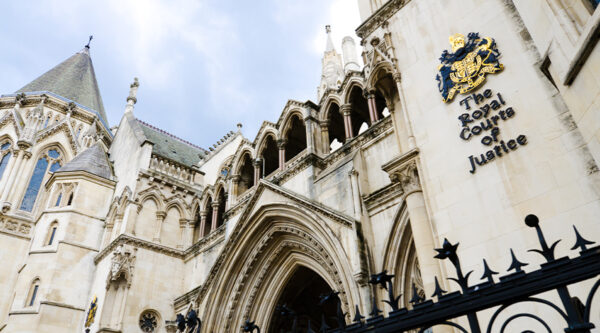

The start of a new year is always a good time to pause and reflect, take stock and make plans for you and your business’ future. It is also a very good time to do the same for your Intellectual Property (“IP”).
Here are our top tips for ensuring protection of your IP in the year ahead:
1. Reflect – think: “what IP does my business own?”
Whether or not you realise, every business will own some kind of IP. We often know that IP is integral to the success of a business, yet it often exists unrealised. So, if you’re thinking “I’m sure we don’t own any IP”, then the first step to take this year is to identify if you do.
The three main types of IP that most business will own are:
Copyright
Copyright includes any materials generated by employees in the course of their employment in relation to the business activities of the company. These rights are automatically assumed and there isn’t any need to register them, but it is always good practice to identify and record material that is used regularly by the business, such as company logo or branding, resources and training materials with the copyright logo and the year of its creation.
Design rights – registered and unregistered
Design rights protect the aesthetic appearance of products and packaging. They can be automatically assumed for a period of three to 15 years depending on their nature. However, if they can be identified in their early stages, before or shortly after launch, ideally within 12 months, they can often be formalised as a registered design which, if maintained, can provide protection for up to 25 years.
Trade marks – registered and unregistered
Trade marks are signs, often words or logos, which are used in the course of trade by your business and which your customers use to recognise goods or services as originating from your business.
In the UK, use of unregistered trade marks are protected by the law of Passing Off, but in order to enjoy the stronger and more robust protection afforded by the UK Trade Mark Act, they need to be registered. A trade mark registration can live forever as long as it is maintained and renewed.
2. Take stock – now you’ve identified what IP you own, think: “is it protected?”
Identifying your IP is the first step towards protecting it and your business. The next step to take is often to maximise its value by formalising protection of your IP through registering it. On the other hand, if your IP is already registered and protected, it is still a good idea to take a moment to take stock and ask yourself whether your existing registered IP is sufficient to provide your business with protection from competitors in all areas you are currently operating in.
While the protection you have already may have been sufficient when your business first launched, you may have expanded in terms or products and services since then. If you’re thinking “I’m not sure my IP is protected” or “I’m not sure it’s protected enough”, then the next step to take this year is to seek advice on how to better protect your IP.
3. Make Plans – what’s next for your business?
Now that your existing IP is protected, it’s time to look ahead and consider what is to come later this year, or even next year. Your company may have plans to launch new products or services, or expand its existing range. You may even decide it is time for a more radical overhaul, such as a total rebrand.
Each and every time your business changes, grows or develops, new IP will be created and some of this will require formalised protection. By planning ahead and identifying any new IP early, you will be best equipped to ensure that IP protection is available as soon as it is needed.










